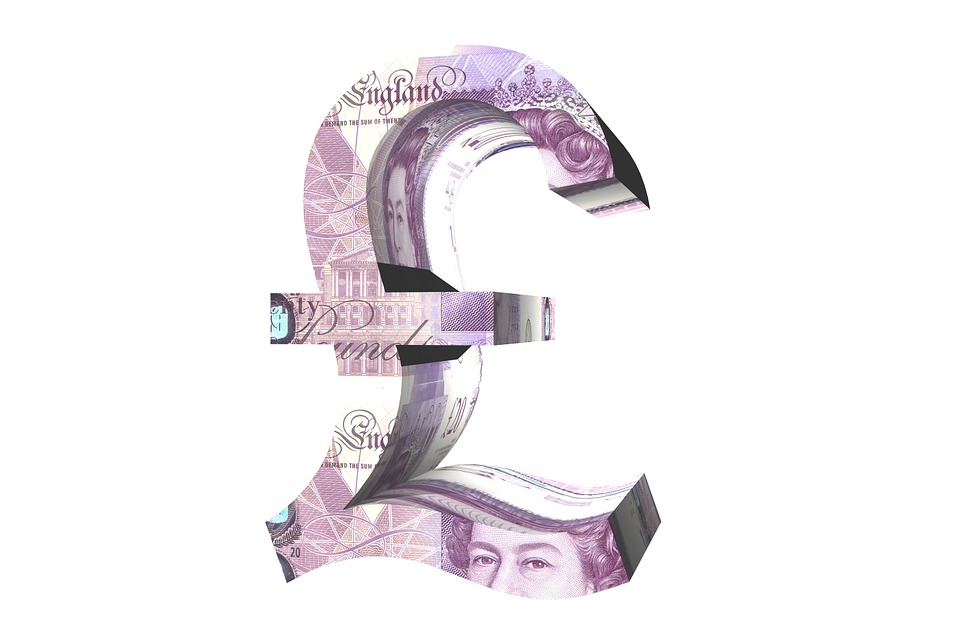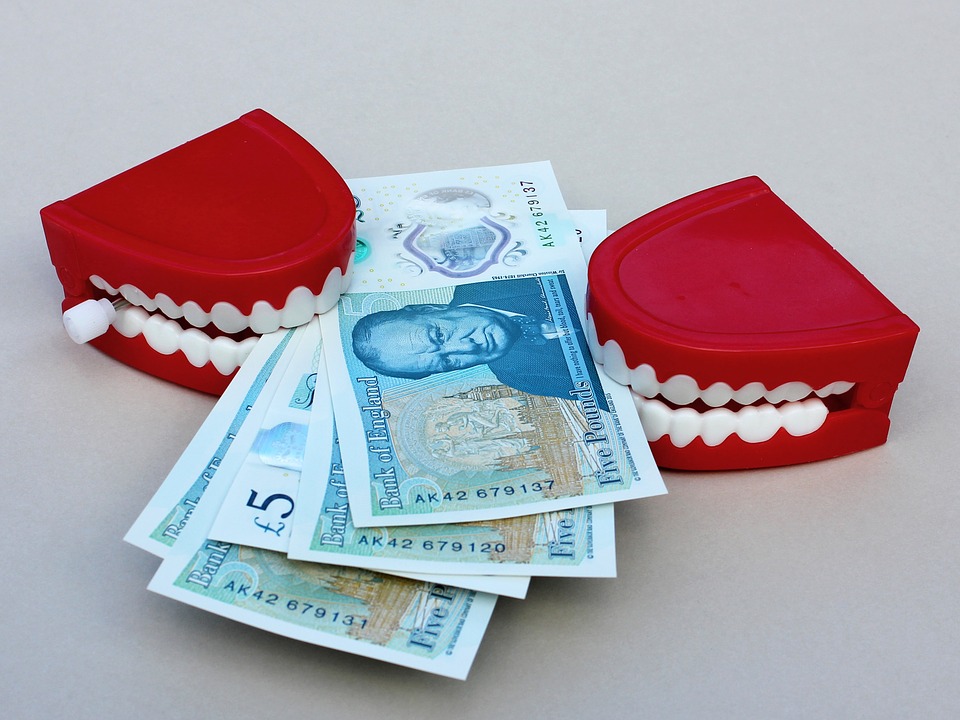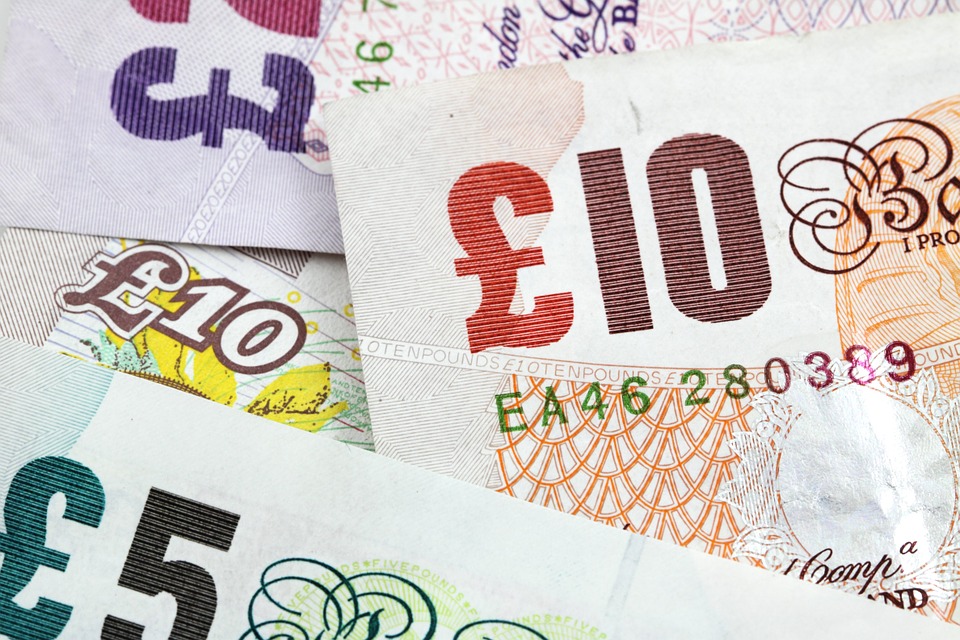This week has provided markets with a crucial insight into the UK economy with the release of inflation, jobs and retail sales figures. Those numbers are so important because they have an array of signals and consequences. Let’s take a look at how the UK economy is faring and what these data points mean for the Bank of England (BoE) and local markets going forward.
Employment
The UK jobs picture soured somewhat in September, with a rise in claimants coupled with an upward revision to the August number. The figure of 18,500 claimants is the second highest monthly figure since mid-2017. Meanwhile, the August average earnings figure rose to 2.7%, which is not far off the highest level seen over the past three years (2.8%). Put this together and you have a warning sign against the BoE raising rates (rising unemployment claims), alongside a signal that allows the BoE to worry less about the problem of falling real wages seen throughout 2018. The issue of rising inflation is certainly a problem for the BoE, but as long as wages rise by a greater amount, that worry is mitigated to an extent.
Inflation
With wages on the rise, a sharp decline in inflation has provided yet another signal that the BoE can rest easy for the time being, with consumer price index (CPI) declining from 2.7% to 2.4%; the joint lowest level since first quarter (Q1) 2017. Crucially, we also saw a sharp reduction in the core CPI reading, which strips out volatile elements such as food, energy, alcohol and tobacco items. The energy aspect is particularly important as this is an element which the central bank cannot do much about through the use of monetary policy. Thus, if the cost of petrol rises, the BoE would be foolhardy to think that they could mitigate that shift by raising rates. The fact that inflation has been declining with those more volatile aspects stripped out means that the BoE will take greater attention to the shift.
This reduction in inflation coupled with the rise in wages means that real wages are on the rise, taking some of the pressure off the BoE and lesseneing the chances of another rate rise in the near future.
Retail sales
The retail sales figure is often overlooked in terms of its impact on the economy, with the term retail typically associated with the small players in trading rather than institutional whales. However, in the economic sense, consumption is a huge determinant of growth, with household expenditure accounting for 60% of UK gross domestic product (GDP). Retail sales do not account for the total household consumption amount, yet it certainly has a significant impact on the total figure. The volatile monthly figure is less of an interest for us, yet with the yearly number declining to 3%, we are seeing continued stability following the recent recovery. That measure was below 2% for eight months between Q3 2017 and Q2 2018, so anyone worried about the declining monthly figure (-0.8%) today should look at the monthly trend to note that things are actually looking relatively rosy.
Taken in the context of the BoE, the recent recovery in retail sales will bolster the idea that growth could begin to pick up thanks to improving consumption. The rise in retail sales could point towards a strong Q3 GDP number, which could counteract any fears.
Brexit
It is important to note that while the BoE has previously showed intent to normalise rates to some extent, given the threat posed by inflation, the impact of Brexit will always remain a key determinant of whether the Monetary Policy Committee (MPC) can act. Easing real wages reduces the need to raise rates, while improving GDP prospects through the recovery in retail sales will prove that the economy could possibly handle another rate rise. However, the risk of a no-deal Brexit will loom large at the moment, making any action unlikely for the time being. A deal between the UK and EU would likely remove that barrier, and such a deal would make the pound more responsive to shifts in economic data. The decline in the pound this week has been partly due to the diminishing hopes of a deal at this week’s EU summit, but also a reaction to the falling economic data (rising claimant count and retail sales) and an easing on pressure for the BoE to act (rising wages, falling inflation).
Of course, it is obvious to keep an eye out for a Brexit deal as a key driver of price action in the pound, but be aware that a deal could open up the markets to recent economic trends. The BoE does want to raise rates again, but that will only happen if the economy is strong enough and the chance of a no-deal Brexit is negated. With retail sales pointing towards a strong Q3 growth reading, we could see a hawkish BoE soon after an agreement is found (if indeed it is). Such an event would point towards a likely rate rise soon after.
The daily chart below highlights the holding pattern we find ourselves within over the past month, with markets showing some signs of wanting to get into a relief rally in the event that a deal is reached, yet not confident enough to really follow through. Expect an initial boost to the pound if a deal is reached in the coming months, but bear in mind that such a shift could be accentuated when people realise that this would have a significant knock-on effect on the BoE’s monetary policy approach.
Interestingly, traders should remain aware of the potential counter-intuitive nature of the FTSE in all of this. The FTSE 100 has an inverse relationship to the pound, driven by the highly internationalised nature of the index. A higher pound will reduce the value of foreign earnings when they are reported back in sterling. Therefore, while many would expect to see a rise for the FTSE 100 and pound in the event of a breakthrough, there is a strong likeliness that we could see the index fall. Thus, expect to see the pound reflect improvements to the UK economy or a Brexit breakthrough, while the FTSE 100 will likely to do the opposite, as was the case on referendum day.
The weekly chart below sees breakdown from the rising wedge formation, with the price falling back towards the crucial 6841 swing low. This points towards a possible break to the downside in the event that an agreement is found in Brexit negotiations. While the trendline break is worrying for FTSE bulls, we would need to see a break below that 6841 level to signal the beginning of another leg lower for the index from here on in.



